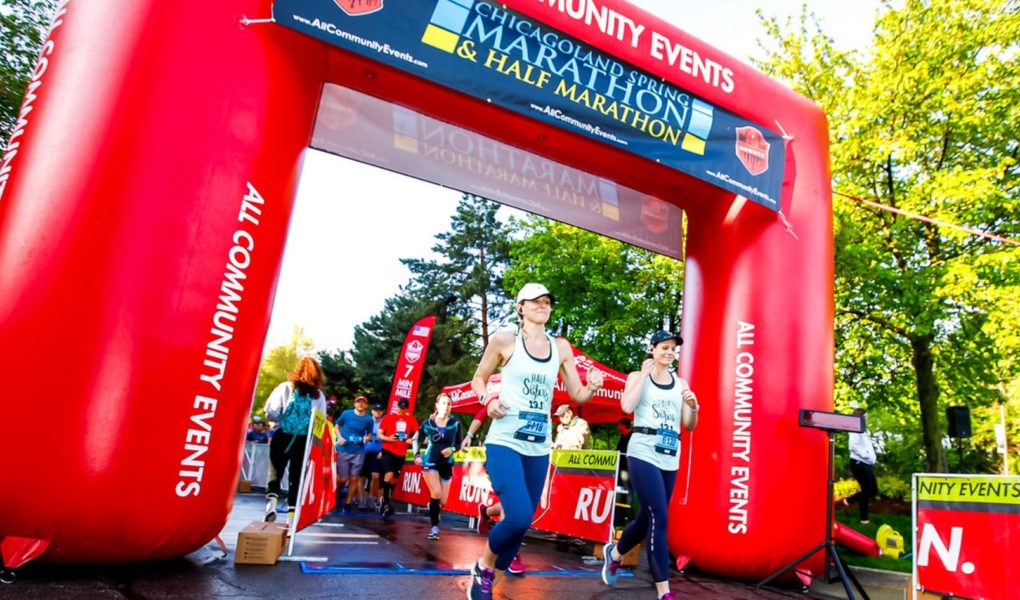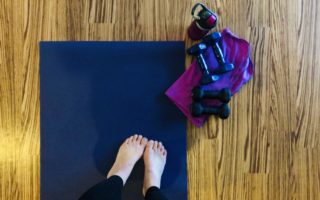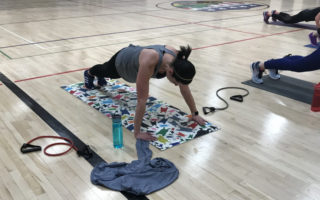Mile By Mile, How I Crushed My Race Goal
Preface: I was going to refer to this post as my post-mortem on last weekend’s half-marathon, but that terminology seemed overly macabre. Since I didn’t actually die running it…
Now that I have a half-marathon finisher medal to prove it, I’m finally considering running one of my hobbies. But one year ago, I most certainly did not. Last May, I ran my first 5K — and fell in love with the intoxicating feeling of accomplishment afterward. Two months after the 5K, I pushed myself outside my comfort zone and did a 10K … again, the longest consecutive distance I’d ever run. A few months after that, I signed up for the Hot Cider Hustle, a local 8-mile race. After finishing strong despite torrential rains, my running buddy said, “If you can do 8 miles, you can do a half, just sayin’.”
I didn’t believe her. Thirteen miles seemed a hell of a lot longer than 8 miles — closer to double than not. But a couple of months later, when new year’s resolutions rolled around, I decided it was the year to try it. Three months of on-and-off running as a “warm-up” and two solid months of training later, that goal is checked off the my bucket list.

This proves my point: Anyone can be a runner, if you are willing to put in the time and effort to train. It doesn’t take particular skill. Just determination and consistency. And one foot in front of the other, over and over again.
Here’s what I learned from pushing myself to run my first half-marathon – one for each mile!
This post contains affiliate links. As an Amazon Associate, I earn from qualifying purchases. Read my full disclosure policy for all the boring details
Mile 1: Pick your race wisely.
I decided on the Chicagoland Spring Half-Marathon in Schaumburg based on a few factors: time of year, weather, and location. The mid-May date was perfect because I could complete my training outside (I don’t have a treadmill), and weather in mid-May would theoretically be beautiful — not too cold and not too hot. The Schaumburg location was not far from my house, with easy access and easy (free!) parking. Plus, there was an option to have my packet mailed to me. Done and done. I signed up on the Early Bird deadline, January 29, and didn’t look back. I was doing this.
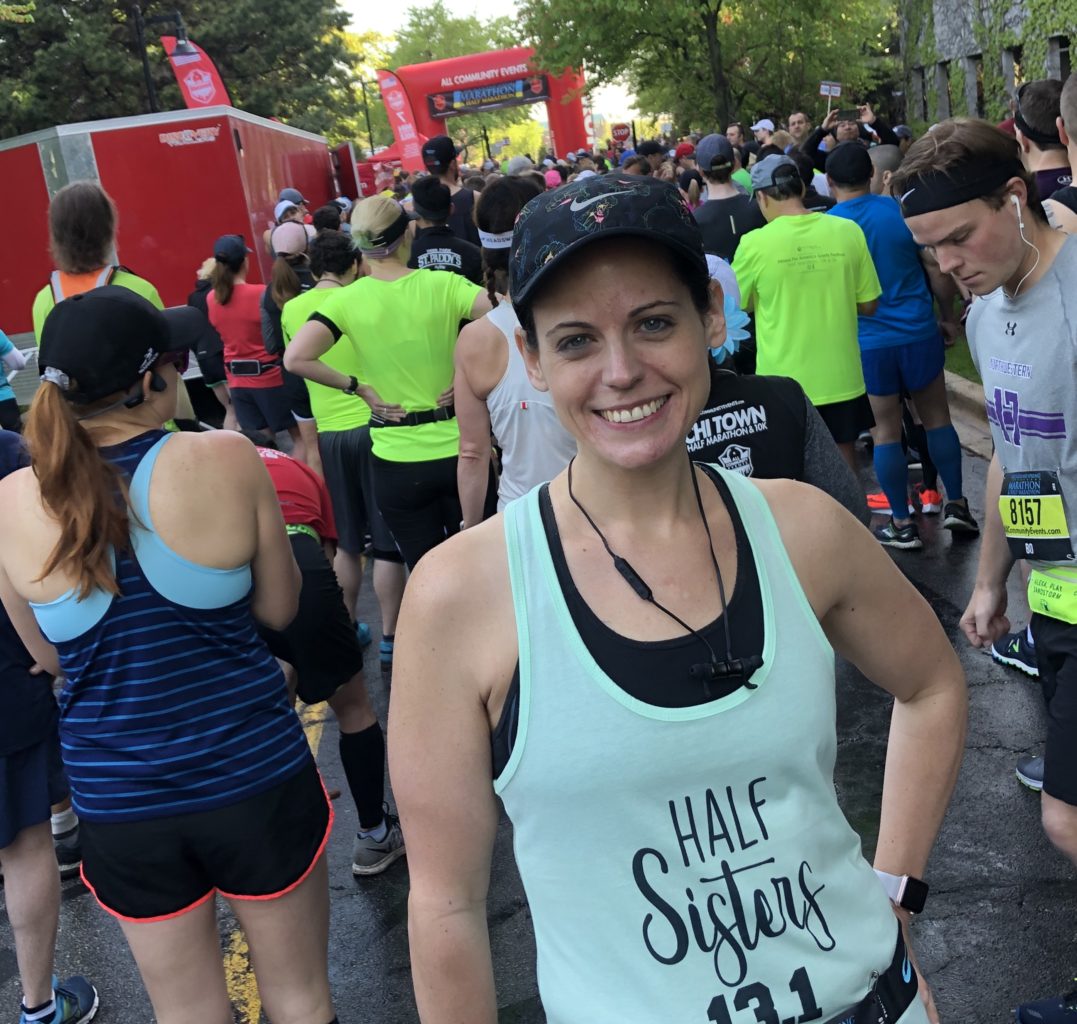
Mile 2: Timing is everything.
At the beginning of the race, pace yourself! Don’t go out the gates with guns blazing. If you start out too fast, you’ll deplete all your energy and fizzle at the end. Pacing is a hard lesson to learn, and I’m still experimenting as I go along. I still start in too fast and pay for it around Miles 9-10. The adage “slow and steady wins the race” is true — just readjust your definition of what slow means! You don’t have to be a turtle … just don’t be a cheetah either. At least not in Mile 2.
Mile 3: No, training is everything.
You can’t run a half-marathon without training. Well, maybe a few crazy people can, but I sure wasn’t going to try!
Decide on a training plan, print it out, and stick it somewhere visible where you can’t miss it. Mark it up if you like to see your progress. Don’t skip the long runs! The shorter runs during the week are a little more flexible, but I was dedicated to sticking with the long run schedule according to plan because my primary goal was to avoid injury and build endurance in a safe way.
I opted for one of Hal Higdon’s plans – at first, I decided on the classic Novice I Half-Marathon plan, but it called for running 4 days a week, and that was simply too much for me. I quickly found the 12-week HM3 plan that prescribed 3 days of running and 2 days of cross-training instead. This worked into my schedule perfectly.

Mile 4: Training with a friend is more fun.
I can’t state this enough: Register for a race with a friend. Share the same training program. Motivate each other to keep going, and make training fun. Around Week 8-9 of training, I was really sick of running. I didn’t want to run 3 miles, let alone 9 miles. But I couldn’t stop if Cassie didn’t stop … so I kept going.
Tip: Run together if your pace is similar, or meet up halfway through a long run. Share new routes so that you see something different on those long runs. Training gets boring!
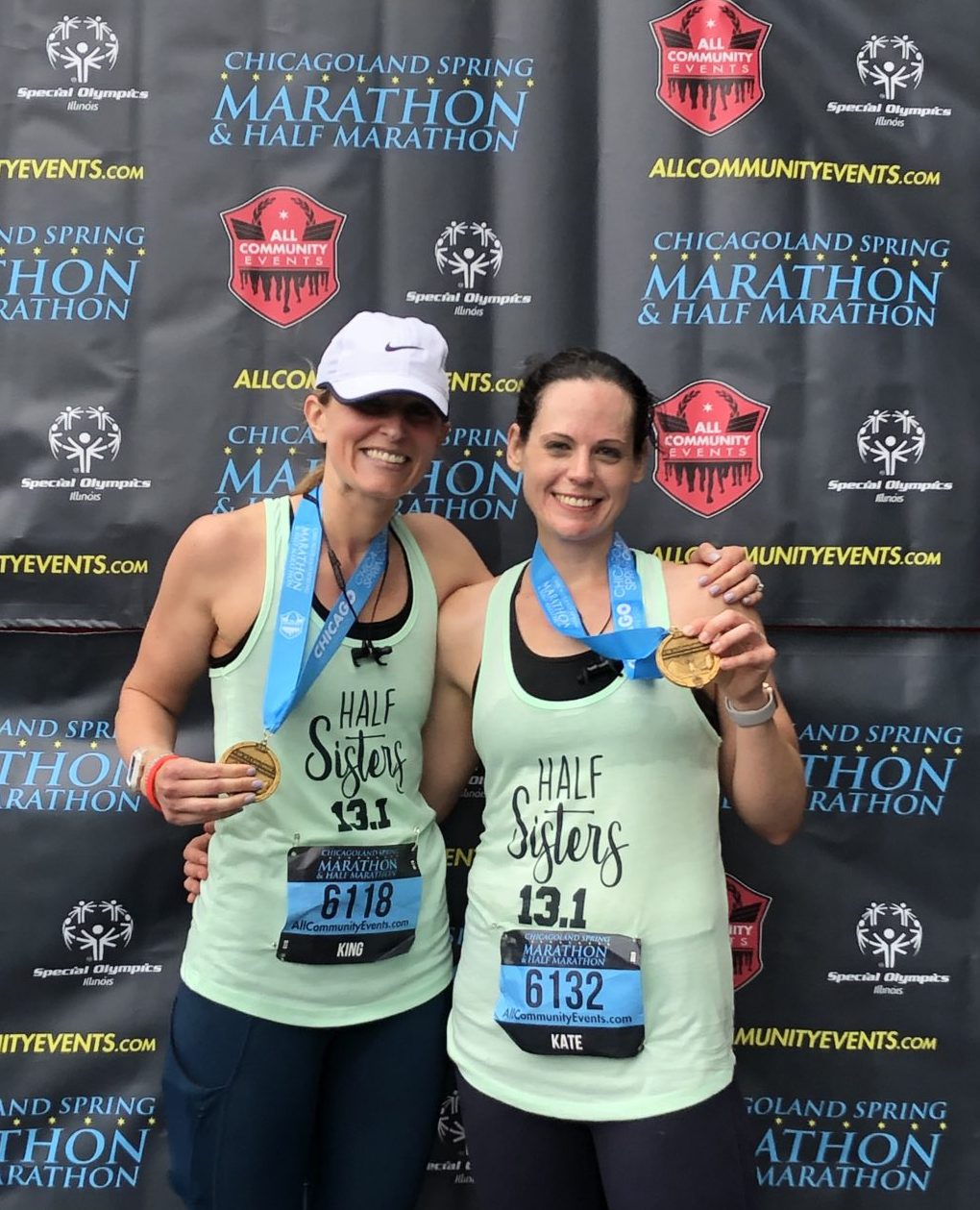
Isn’t this saying perfect? Several options in several colors available on Amazon Prime!
Mile 5: Go in with a goal but no expectations.
From the beginning, I approached this race with two goals: 1) Finishing. And 2) Running the entire time (no matter how slow). In the back of my mind, I knew I wanted to finish in under 2:30 but I consciously didn’t set a firm time goal or stress out about timing my practice runs.
If you go in open-minded, with few expectations, you won’t be disappointed. There’s nothing worse than ending a race mad at yourself because you set an expectation unrealistically high and couldn’t meet it. You want to feel accomplished at the end, not dejected! Choose an achievable challenge to be your race goal, and don’t fall prey to the voice in your head that says More-Faster-Harder. Their pace is not your pace.
Mile 6: Settle in and find your rhythm.
As I’ve increased my distance, I find that my body hits its natural stride and feels best around Mile 6. It’s when I’m finally warmed up but not too tired yet. This is where I settle in to my true race pace — challenging enough but also maintainable.
Tip: Let your running be intuitive and guided by your body. Unless you are trying to qualify for Boston, trust your body to know the right pace. I checked in on my Apple Watch periodically but I actively tried not to look at it every mile and obsess over pace.
Mile 7: Let go of what you can’t control.
Like the weather. Before the half-marathon, I checked the weather obsessively. Daily, then hourly. Each time I checked, the forecast got worse: Rain. Then thunderstorms. Then severe thunderstorms. Then storms and wind. But I woke up Sunday morning at 5 AM to bird chirping and the sun breaking through the clouds.
Don’t get caught up in needing everything to be perfect, because it never will be. When it was sunny during the race, it got hot and suddenly the rain didn’t sound half bad. When the wind picked up, sure, it might have slowed me down a little but it cooled me off too. When it started to drizzle in the last miles, it felt like a blessing. At the finish line, all I could feel was grateful that I got to run — and there was no unseasonable snow like our last race.
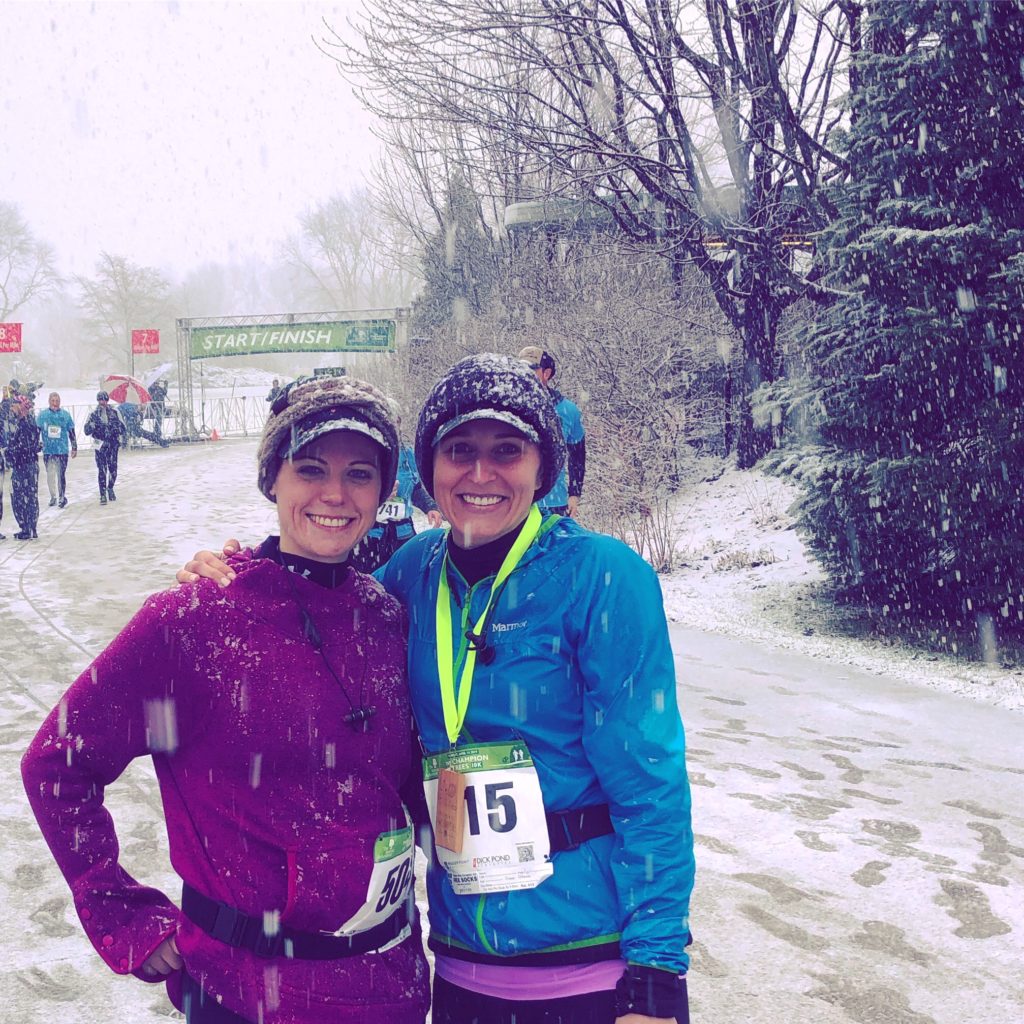
Mile 8: Fuel your body (before, during, and after).
When a friend asked me what my eating plan for before the race was, I had to laugh out loud. True to my personality, I had planned out my outfit down to the exact pair of underwear I’d be wearing, but I hadn’t given one thought to food.
The day before the race, I ate my usual three meals and two snacks, plus an extra snack right before bed. I focused on carb-heavy snacks — slices of toast and whole-wheat pasta for dinner. Don’t eat anything too heavy, creamy, fried, gaseous, or new to you. Stick with healthy basics, and add in some extra salt, since you’ll be sweating it out the next day. Start hydrating your body days before the race.
The morning of, I ate a sprouted-grain English muffin with peanut butter about 90 minutes before race start. The combination of whole-grain carb and protein provided fuel to sustain me without being a lead weight in my stomach. I don’t drink coffee before I run because, um, bathroom problems. Just water and I was ready to go.
To keep my energy up during the race, I used Clif Shot Blok energy gummies. Each bar is divided into 6 cubes, and I ate 2 cubes during the race — one at Mile 6 and one at Mile 10. The combination of sugar and caffeine gave me just a little extra boost to push through and finish without walking. The gummies are easy to eat on the run and taste decent. I timed my eating when I knew there would be a water station ahead shortly.
After the race, eat whatever you want! I dug into a big stack of pancakes. Be prepared that it might make its exit quicker than usual though; running does weird things to your body. I’ve been craving carbs ever since the race, and I’m always starving the day after a long run.
Bonus tip: Go for a post-race pedicure after you shower, eat, and rest. The foot and leg massage is exactly what you need. Better yet, go for a full body massage — or schedule one for a day or two later! Your body will thank you.
Mile 9: Run one mile at a time.
When you start to get tired, take the race one mile at a time. Don’t think about running 13.1 miles without stopping — think about running 1 mile, then another mile, then another mile. Adjust your pace for each mile. I made the conscious decision to slooooow it down for Mile 9, and then even further on Mile 10 for a few minutes of recovery before accelerating to finish in the end stretch. Some miles will be faster and some miles will be slower. It’s OK to vary your pace.
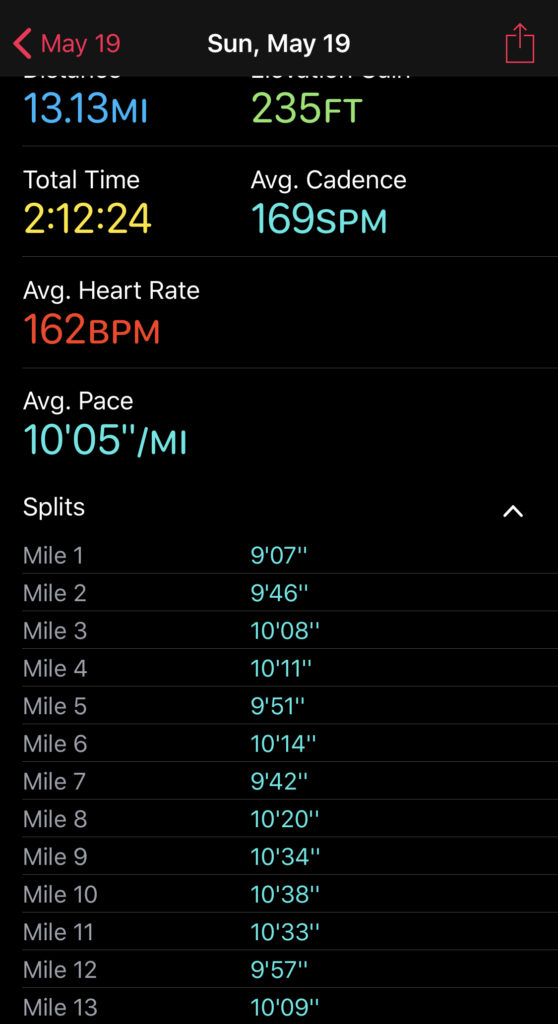
Mile 10: When you’re tired, find your why.
Mile 10 is when I started to hit the wall. I’ve never wanted to walk so badly as I did between passing Mile Marker 10 and reaching Mile Marker 11. The finish line seemed impossibly far away. But then I passed a cheering family with two little kids who had their palms outstretched to high-five me. I thought of my own kids and I dug deep.
Why do I do this? So that my kids see that they can accomplish anything they put their minds to. I want them to look at me and say, “My mom always keeps going and so can I.” That thought, and of their two little faces watching me at the finish line, was enough to keep me pounding the pavement to the bitter end.
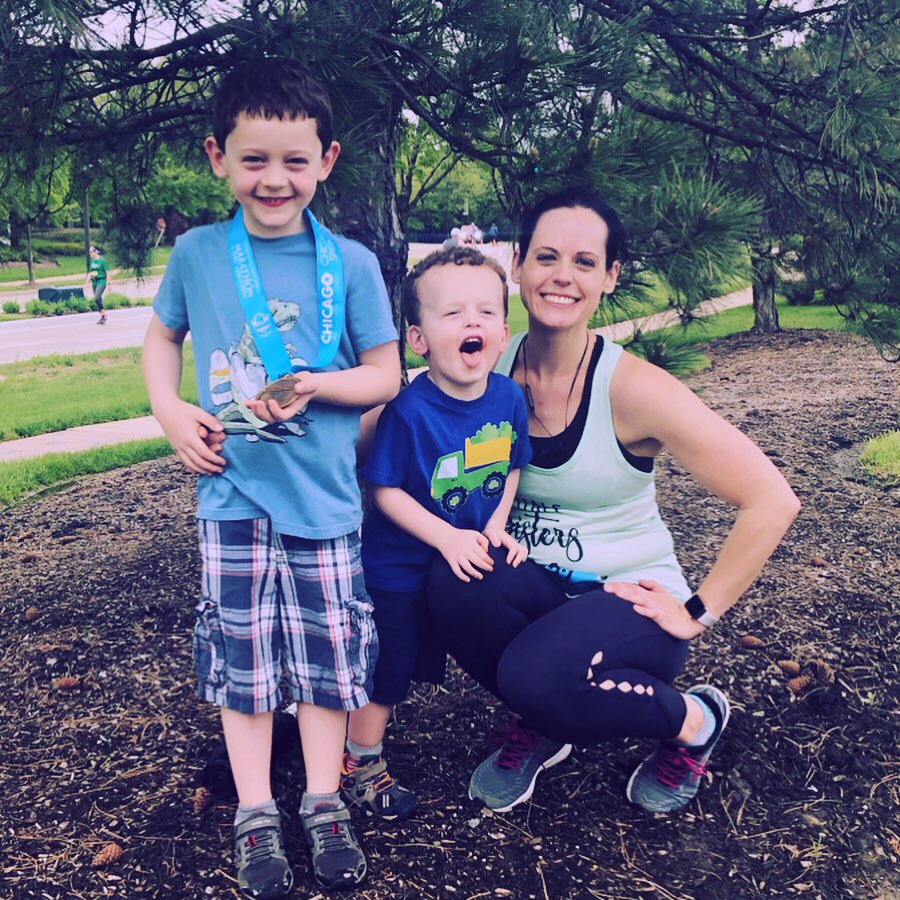
Mile 11: Remember: Mind over matter.
The last two miles were so mental for me. I had never run further than 10.8 miles prior to the race, so this was uncharted territory. There was a part of me that truly wasn’t sure if I could physically keep running. But I remembered the running wisdom: “Your body can stand almost anything. It’s your mind you have to convince.” It was these last two miles where I stopped thinking, stopping hearing the music on my headphones, and just pushed through. The mantra “Mind over matter” has its own rhythm when you repeat it over and over to yourself, stride after stride. And it works. My feet cooperated, and I kept going.
Mile 12: Don’t surge too soon.
Take a warning from me: Don’t start your full-on surge the minute you cross the Mile 12 marker. You’ve still got a whole mile ahead of you, and with 12 miles behind you, that last 1.1 miles is going to feel like an eternity. If you get that adrenaline rush knowing the end is in sight, start to pick up the pace gradually, accelerating a little more all the time. But save your this-is-it sprint for when you can see the finish line coming into sight. Otherwise, you might be barely limping across the finish instead of breezing across with your arms up in triumph.
Mile 13: You’ll surprise yourself.
I promise you: You’ll finish the race, and you’ll finish faster than you predicted. You’ll find a burst of strength at the end, even though your legs are burning and your mind is screaming at you to stop. You’ll push ahead of that runner you’ve been tracking with for most of the race, just to say to yourself that you DID IT FASTER than some random stranger.
I knew I could finish in 2:30. After crunching numbers and looking at pace breakdowns and a lot of other complicated math, I hoped — but wasn’t convinced — that I could finish in 2:25.
I finished in 2:12. I was sweaty, I was breathless, a little light-headed, and my hips hurt with every overtired, off-balance stride — but I DID IT.
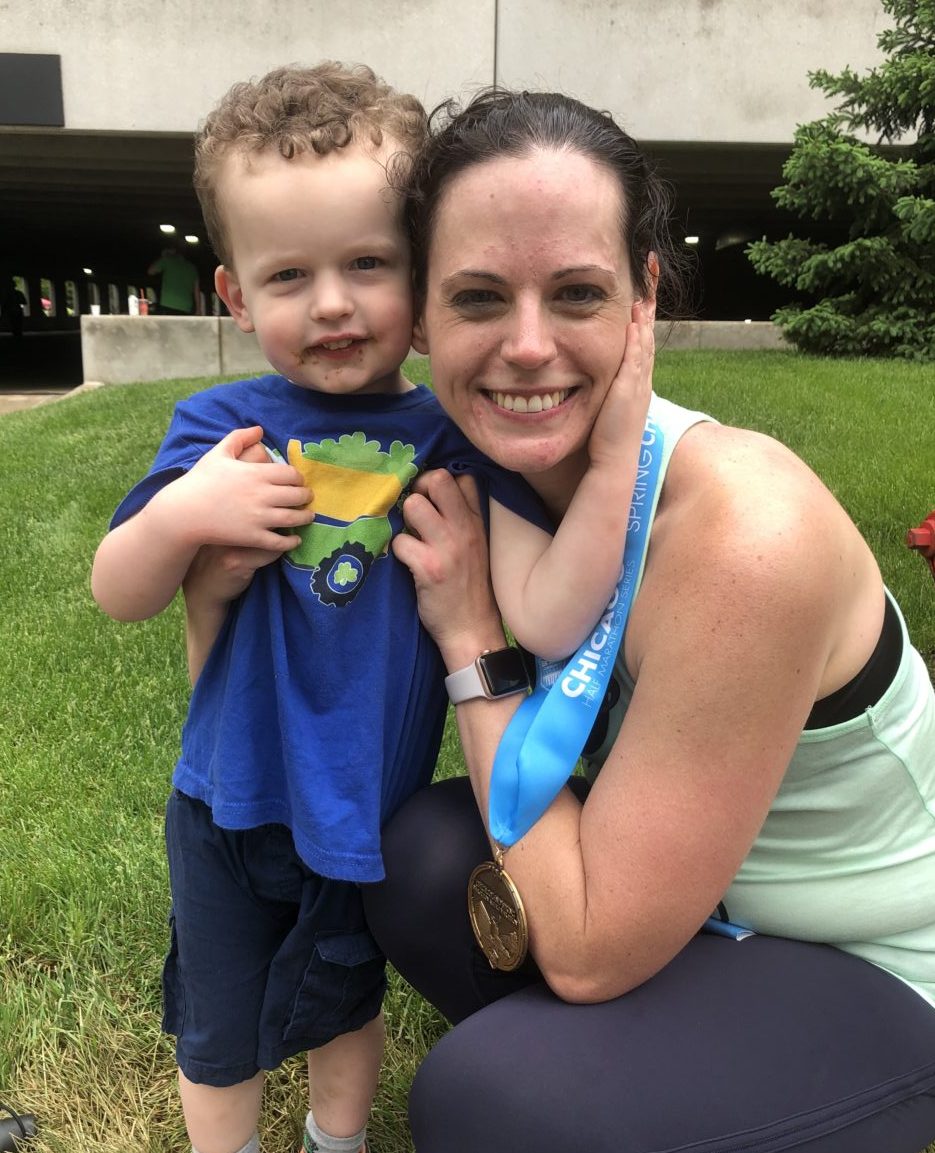
Mile 13.1: Your first won’t be your last.
And now I’m ready to do it again.
Running is an addiction, there’s no way around it. The race is only 5 days behind me and I’m feeling a little post-race depression: What do I do now? I don’t have a goal! I don’t have a training plan! I’m already looking ahead to autumn and contemplating the Des Plaines River Trail Race — the question is, do I do another half, or see if I’m cut out for a full??
I think distance running is a lot like childbirth. When you’re in the throes of it, it’s terrible and you swear to yourself that you’re NEVER doing this again. But as soon as the hard part is behind you, this adrenaline-fueled glow of accomplishment sets in and you suddenly feel all rainbows and unicorns about doing it again. And so the cycle starts anew
What do you think? Should I try the full 26.2 or stick with 13.1 … or find some new fitness goal altogether? Let me know in the comments below or on social media with #NeverDoneWithFun. Follow my journey of fitness, motherhood, and all the chaos that comes with it on Instagram, Facebook, and Pinterest.

Want to start running but you feel intimidated by the whole process? That’s where I was a year ago. Check out my reluctant runner’s guide to getting your miles in or the marathon-in-a-month challenge I set for myself this year. Once you get started, you’ll be hooked just like I am.

